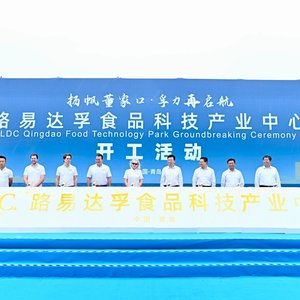Acartia, launched this week, has been developed in partnership between AKVA group Denmark A/S, Agrotech, Roskilde University and Aqua Circle. It is an integrated system of algae production and copepods on a commercial scale, with a planned production capacity of over 100 million copepod eggs daily. Acartia is expected to revolutionize the production of marine fish in aquaculture.
World consumption of fish has doubled in the period 1973 - 2003 and the global demand for fish has exhausted available natural fish stock. Therefore, aquaculture occupies an important role in the global fish supply. The sector is the fastest growing animal protein producing food industry, with an annual growth rate of 8.8 % over the past 30 years. This means that half of all fish for human consumption today comes from aquaculture.
A large part of the future global aquaculture growth will be based on the farming of marine species. All marine fish species produce eggs and the newly hatched, almost microscopic larvae require live feed. Copepods are the larvae’s natural prey in the first stages of their lives. The types of live food, which up to now have been available for marine fish larvae, primarily rotifers and artemia, are not their natural prey. Therefore, many fish larvae end up not getting the proper nutrition, resulting in poor survivability and malnourishment.
By feeding marine fish larvae with copepods early in the larvae’s life, mortality is reduced by up to 80% and increase in growth can be improved by about 30%. Moreover, subsequent diseases can be avoided.
Until now, it has not been possible to mass-produce copepods at a level, which can meet the global demand.
The Innovation Fund Denmark has supported this four-year project, which will produce copepod eggs for global customers. Local fish producers can hatch the eggs and use the copepods for live feed for marine fish larvae. Both copepod eggs and know-how on the production of live fish, has considerable export potential.
The global market for copepods is estimated to increase substantially within 10 years.










